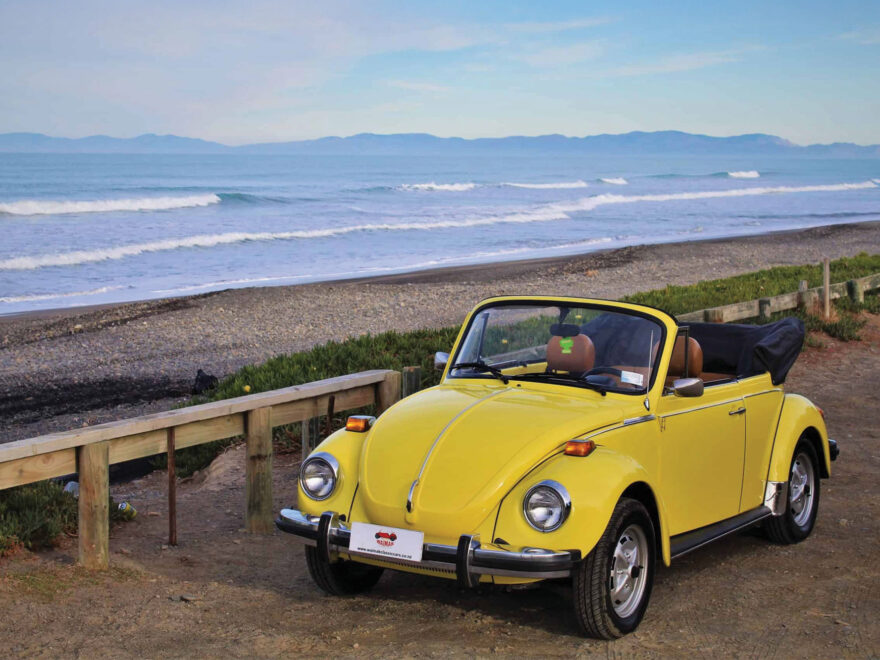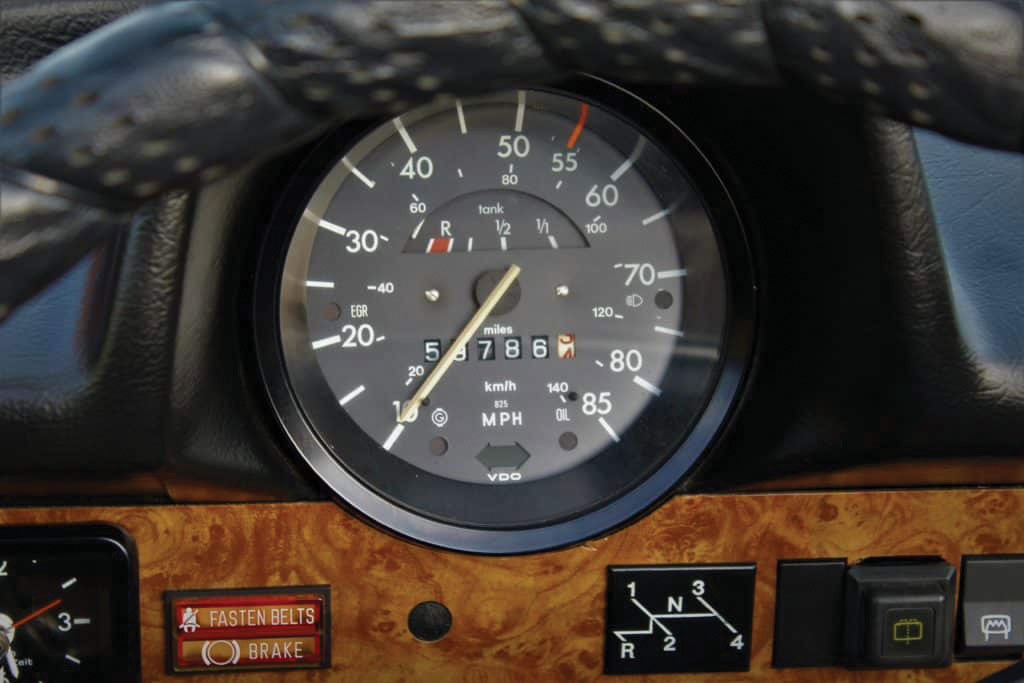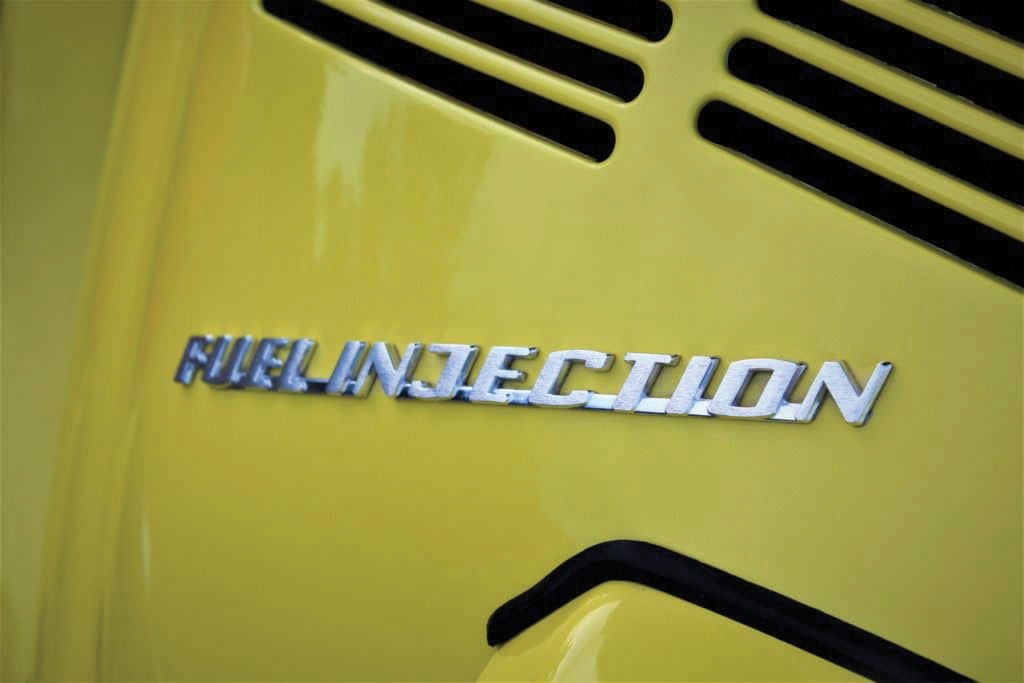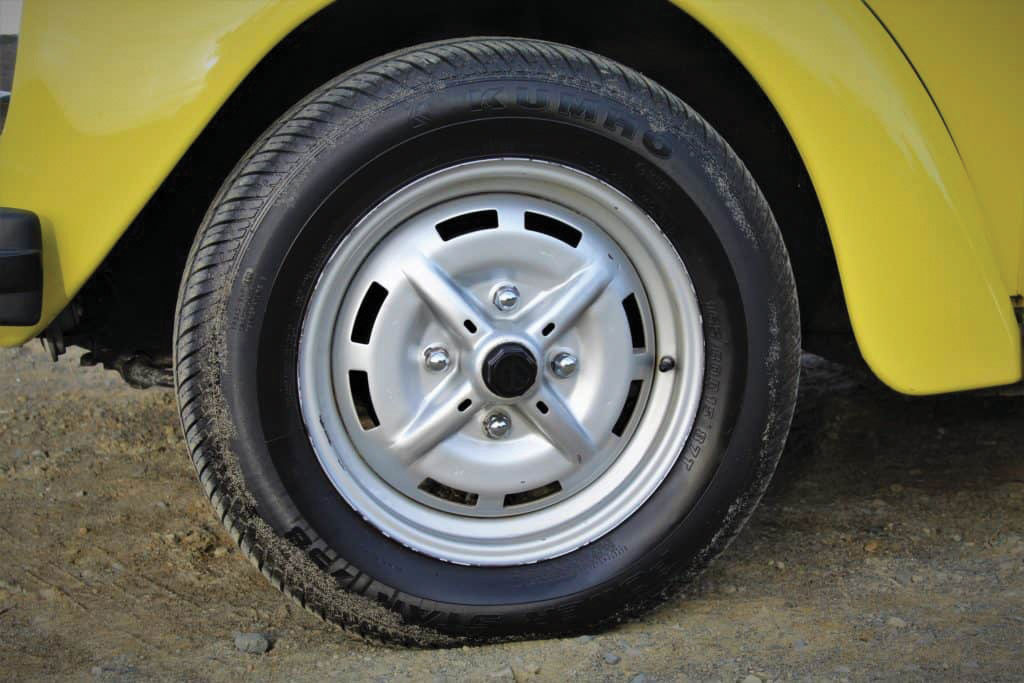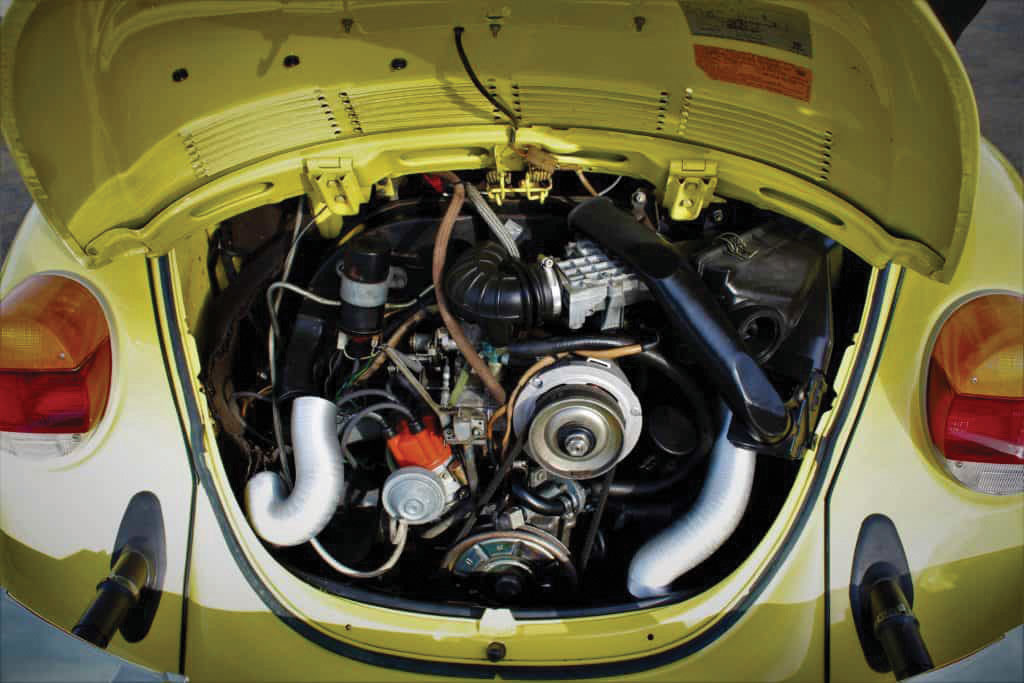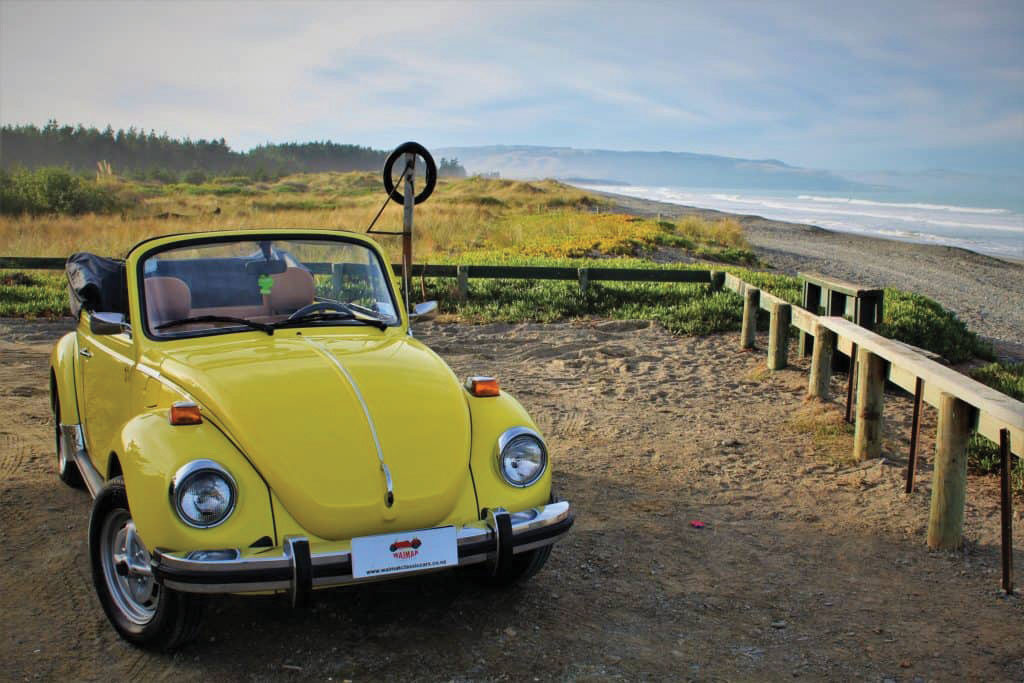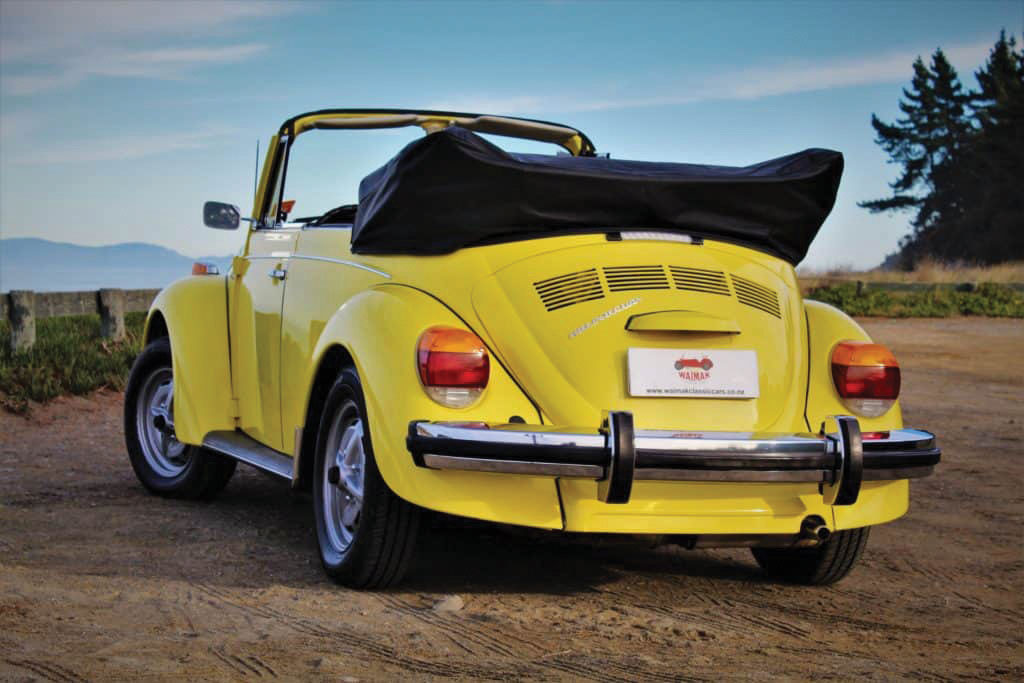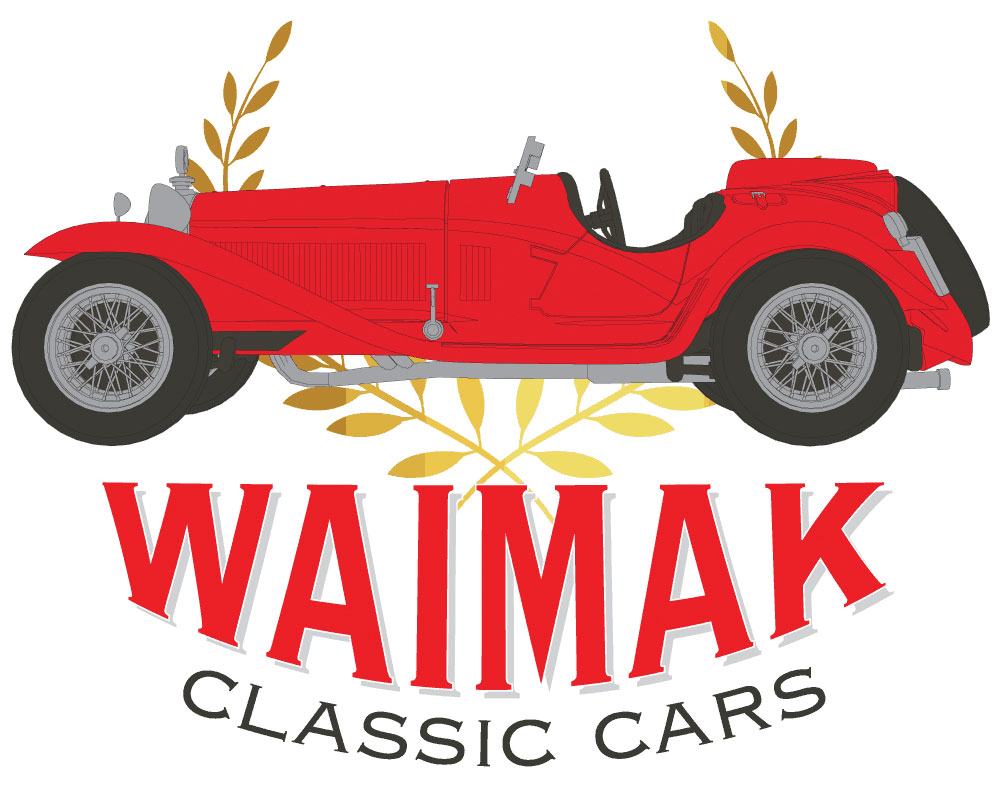As far as automotive obsessions go, the love for Germany’s “People’s Car” runs deep. Controversial Fascist origins aside, one cannot deny the impact of the Volkswagen Beetle on the psyche of motoring enthusiasts the world over.
Aimed squarely at providing everyone from the factory floor to high executives with an economical and easy to maintain way of commuting has earned the Beetle a barrage of dedicated devotees.
The golden age of the classic Beetle was the mid to late sixties. Peace, love, flowers in one’s hair and a psychedelic-coloured Beetle, or Bug if you were in the states, came to epitomise the time. This icon, and its Kombi counterpart, became the vehicles of choice for those draft dodging anti establishment hippies on their way to Canada.
Fast forward to the late seventies. The hippy life had faded, but the Beetle soldiered on. By 1973, over 16 million Beetles had been produced, allowing the Beetle to surpass Ford Model T production figures with ease.
With a changing world, Volkswagen knew its icon had to adapt to survive. Customers had a penchant for a car with more creature comforts and a more upmarket feel to it.
This brings us to the larger 1302 S Beetle first released in 1971. For the North American markets, the 1302 S was sold as the “Super Beetle.” This featured an all-new 1600cc version of the tough aircooled flat four engine. Power was rated at 60kW. The wheelbase grew by 20mm and the Super Beetle was wider and longer by 35mm and 50mm respectively.
The increase in size also meant carrying capacity grew to 260L of whatever over the previous Beetle’s 140L. There were also styling tweaks like beefier front and rear bumpers and circular rear tail lights.
In 1975 to comply with the ever-tightening US emission laws, all Super Beetles sold in the US would have BOSCH fuel injection to replace the carburetted set up of old.
The Super Beetle remained in production until 1979. This marked the end of convertible production for US and Canadian Markets. The original Beetle carried on in other markets and finally wound-up production in Mexico as late as 2003.
Today everyone has their favourite beetle.mFor me, the Super Beetle is definitely a top contender, having been a fan of its chunkier stance. This 1979 Super Beetle Convertible spent most of its life in sunny California before coming to New Zealand in 2015. With only one owner in the states and one in New Zealand, it has travelled a snip under 60,000 miles and it shows.
As the weather was sunny, the decision was made to leave the roof firmly stowed away under the tonneau cover.
Once inside, its very much a case of luxo bug, as the Super Beetle featured the kind of finish and detailing seldom seen on the very basic “People’s Car.”
That said, aside from the dash clock, single speedometer, heater switches and aftermarket CD player, there is still a great sense of minimalism here.
The seats leave you sitting almost bolt upright. This is definitely no low-slung sports car. Look ahead and those iconic twin wheel arches which make up the headlights and fenders make their presence known.
The Beetle has probably one of the most iconic silhouettes of any production car. If you see this car in traffic, you know instantly what it is.
With the advantage of fuel injection, cranking the bug over is a doddle, with that flat four burbling into life in quick succession after turning the key. The four-speed H pattern manual box is not like your conventional manual and the uninitiated will need to consult the shift emblem on the dashboard.
Instead of shifting left and straight up for first, one must shift left then towards the steering column as per the guide. It is easy enough to get your head around though.
Moving off and heading out onto SH1, you are well aware the Super Beetle is not the fastest tool in the toolbox. A heavy foot is required to get up to speed, which happens eagerly but with a gradual pace. With no rev counter, you’re required to listen to what the engine itself is doing before shifting up.
Driving the Super Beetle allows you to revert back to how driving used to be.
In other words, listening to how that eager four pot is sounding and adjusting acceleration and gears to suit.
Once up to speed, the Super Beetle will sit happily in top gear at 100km/h. Yes, that might also be very close to the top speed, but the bug has always been about MPG and SPG, that is Miles Per Gallon and Smiles Per Gallon.
As far as the latter goes, it certainly excels. It’s truly impossible to be unhappy in a Beetle. With the roof off and the wind in your hair, you end up grinning from ear to ear while tackling the highways and byways of North Canterbury.

